Hi everyone! I am so excited to watch all the courting and nesting behaviors going on in my yard now! In the past few days, I have watched a male Bluebird, Blue Jay AND Downas7uy63y Woodpecker all gently feed their ladies! I saw a male Mourning Dove stand right behind a female and serenade her. Of course, I had no camera UGH! However, I didn’t miss everything LOL! I have pictures and videos of both Tufted Titmice and Black-capped Chickadees gathering nesting materials. They really like my homemade nesting ball I made from my cats’ fur and an old nylon stocking! There is another Titmouse gathering some fur AS I TYPE THIS! So cool! You can see the last titmouse on a video on Robin’s Nest page. Currently, I also have White-throated Sparrows, Robins, Carolina Wrens, Cardinals, House Sparrows, Crows, and Mourning Doves nesting in my yard, and these are only the ones I have seen!
You have learned about the different types of nests and eggs and even mating behaviors of some birds in my previous posts. I thought it would be neat to share some general info about birds’ nesting behaviors and some neat photos and videos I have been collecting. As, I discussed, sadly, some birds are a bit confused by climate change and laid their eggs too early. Many of those eggs will not survive. Now is when you should see some of your year-round birds beginning their families, and soon some migrants that breed locally will join them! Many birds I blogged about have more than 1 brood, so they will repeat the process after their first set of fledglings leave the nest. This seems like a good place to mention the Migratory Bird Treaty Act which states that you should not move/bother/destroy any native species’ nests. This basically means all birds except House Sparrows and European Starlings. I practice what I preach. I kept a dead Christmas tree on my porch for months last season because House Finches kept reusing the same nest! We need to help our songbirds and we can all do this by helping them to protect their nesting sites.
So, where are the nesting sites for different birds? As usual, it will depend on the species. Some birds, like woodpeckers will always create a nesting site inside hallowed out trees or dead-standing stumps, called snags. Sadly, the numbers of these snags are drastically reduced because man has cleared so much land. Mass Audubon has a program called the Foresters for the Birds that helps private landowners to promote the preservation of their dead trees to provide nesting cavities for these birds. I will be calling them to help me as I have a ton of dead trees since the tornado when through in 2011. Other birds, such as Bluebirds, Titmice, and some Owls will nest in these tree cavities too. I have also seen Chickadees and European Starlings nest in trees. These birds all utilize the dying trees and gather soft material, like my cats’ fur or lichen to create a softer layer for their eggs.
Many birds make nests of leaves, grass, twigs, lichen, strings, and other things they find inside the leaves, on branches of trees and shrubbery. Usually, the mated pairs work together to build these nests. I have seen Bald Eagles, American Crows, American Robins, Mourning Doves, Northern Cardinals and House Sparrows, when they aren’t stealing someone else’s nest, working together to build their nests in the trees. Baltimore Orioles build a nest that hangs down from a tree limb! Other birds including some owls and all raptors build nests in trees too. I have also seen Common Grackles and Red-winged Blackbirds create nests inside/under thicket that is near water. Wood Ducks will nest in trees that are near water as well. Our Western wading birds and waterfowl will nest inside reeds, among shore edges and cliffs, in rookeries, or build mounds like you see in the photos below.
Now, we humans are not all bad. As I posted earlier, Bluebird numbers are thriving due to our birdhouses we put up for them! Many other birds will also utilize man-made bird houses. I have seen House Sparrows, European Starlings, House Wrens, Bluebirds, Chickadees, Tree Swallows, House Finches, Eastern Phoebes and Northern Mockingbirds all take up residence in bird houses. Some birds will utilize our actual houses, decks, planters, and even clothing to build their nests in. I have had Robins and Phoebes build nests in my deck rafters. I had a pair of Carolina Wrens building a nest in my plant as you can see in the video link below. People on the bird sights have posted tons of pictures of these cuties making nests inside outdoor wreaths too. Wood Ducks and Owls will also nest inside man-made duck and owl houses.
What other nesting-related behaviors are likely to occur now? You will hear male birds singing beautiful songs to their mates now and see them feeding them too. You may see males chasing females around or mating with them as in my Bald Eagle cover photo. You will see male birds fighting with other males like I posted in my Mallard video from Forest Park earlier. You will see males chasing other males out of their territory. Once nests are built, you will see distraction behaviors to keep the nest and eggs safe. Birds will draw attention to themselves and away from the nest. For example, a Killdeer will fake an injured wing to get the predator to go after it instead. I blogged earlier that Carolina Wrens will build a few nests to confuse predators. Some birds are more territorial than others and may even chase people away from their nests. Northern Mockingbirds are known to be quite protective and can get testy. I have seen Eastern Phoebes and Tree Swallows fly near me if I am deemed to close but never at me. Most birds will just fly away. I try to never go near a nest if I see parents nearby. They must work hard enough to protect their nest without worrying about me
If you provide bird nesting options, please read my spring blog about keeping our local birds safe after you invite them into your yards. If you want to help with nesting, people buy Alpaca fur or the ball I showed in the Goldfinch blog. These are expensive. You can also buy cheaper bags of “straw” or make your own like I did. You can see 2 in the pictures below. I also provide a Hummingbird protein feeder that I hang soon and I will add a picture of it to my Hummingbird blog I posted a couple weeks ago. It provides extra protein they need during breeding season. I had so many cool pictures of the birds and things I talked about here that it was hard to choose which ones to share. Read the other blogs to learn more about the different birds and nests and see more pics and hear bird sounds! I appreciate you sharing my sites more than you know. You can also see my birds on my Facebook, Twitter, TikTok and Instagram pages too. See the Contact Me page for info. Take care, Robin😊
The videos showing a Chickadee gathering nesting materials from my blanket and another one building a nest in a house are on my Instagram page. You can scan the code below! The wrens video is on my TikTok-click here! https://www.tiktok.com/@robinsbirds2022/video/7089887220009667882?is_from_webapp=1&sender_device=pc&web_id=7075763619375793707

Fannie Stebbins-Longmeadow

Using my Homemade Thing LOL!


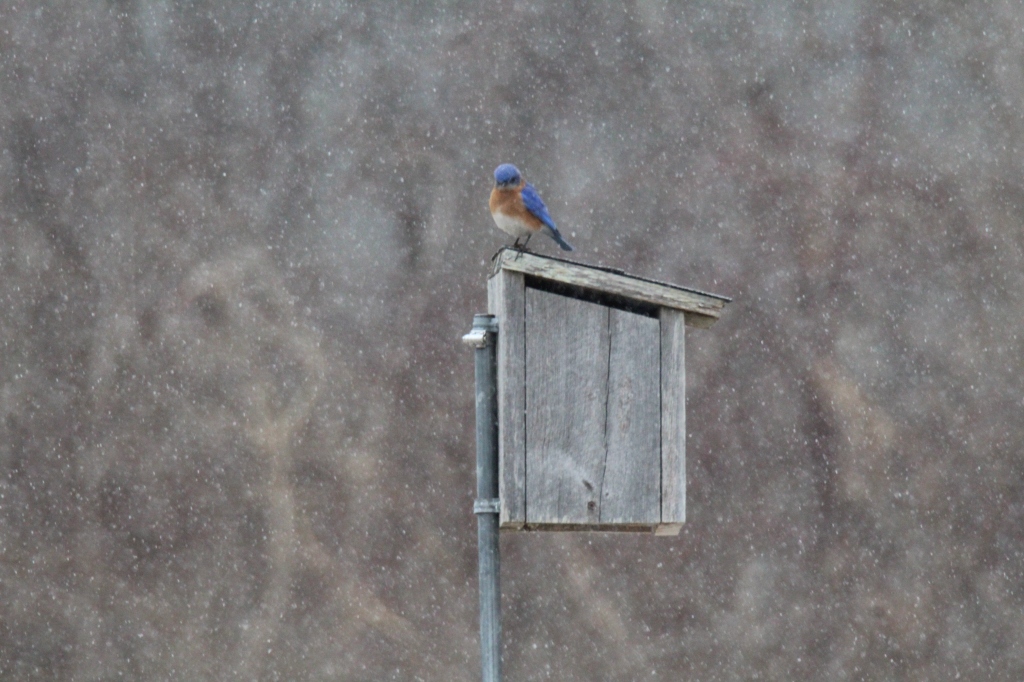
Laughing Brook-Hampden

Wilbraham

Rookery-Monson
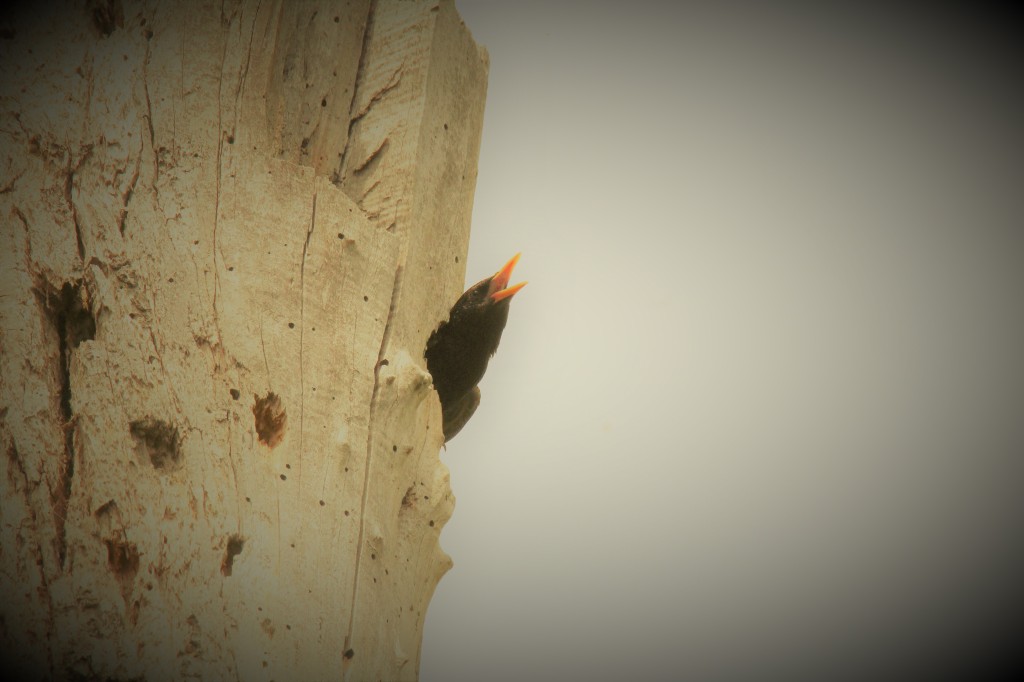
Fannie Stebbins Longmeadow


Wilbraham

(South Carolina)

Fannie Stebbins Longmeadow
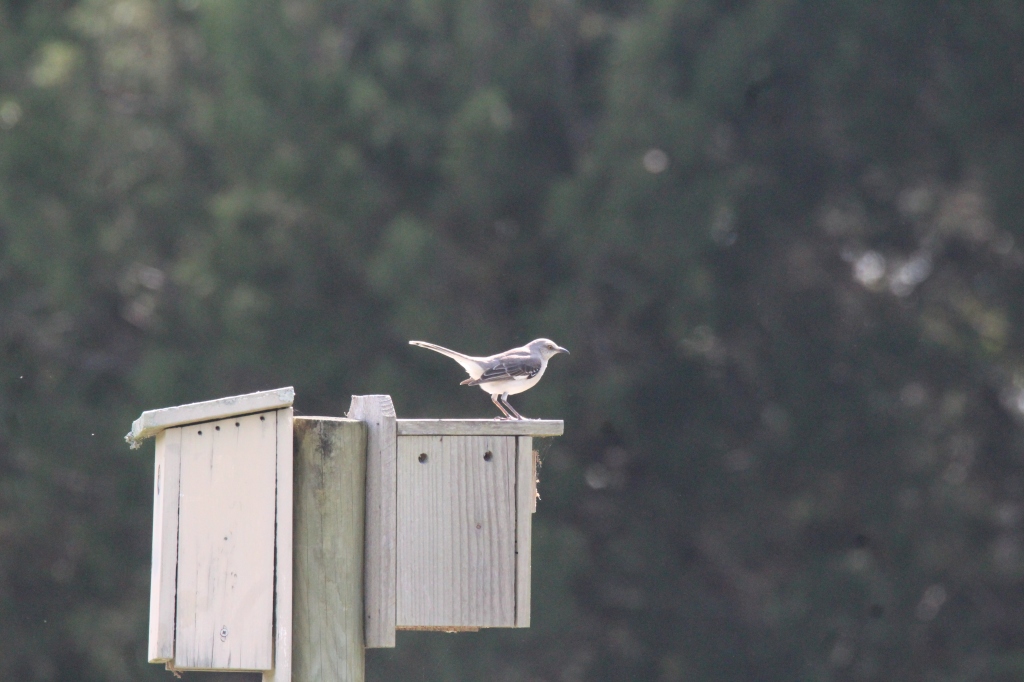
(South Carolina)

Conant Brook Dam Monson

Homemade Nest Thing #2 LOL!

Wilbraham

Fannie Stebbins Longmeadow

Fannie Stebbins Longmeadow


Fannie Stebbins Longmeadow
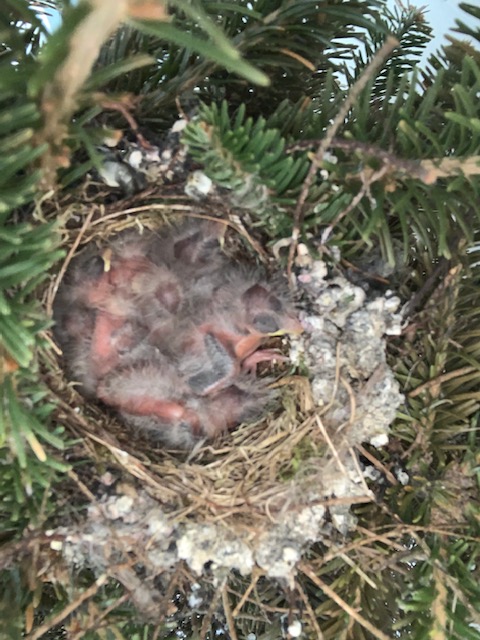
Wilbraham

Hampden

Fannie Stebbins Longmeadow
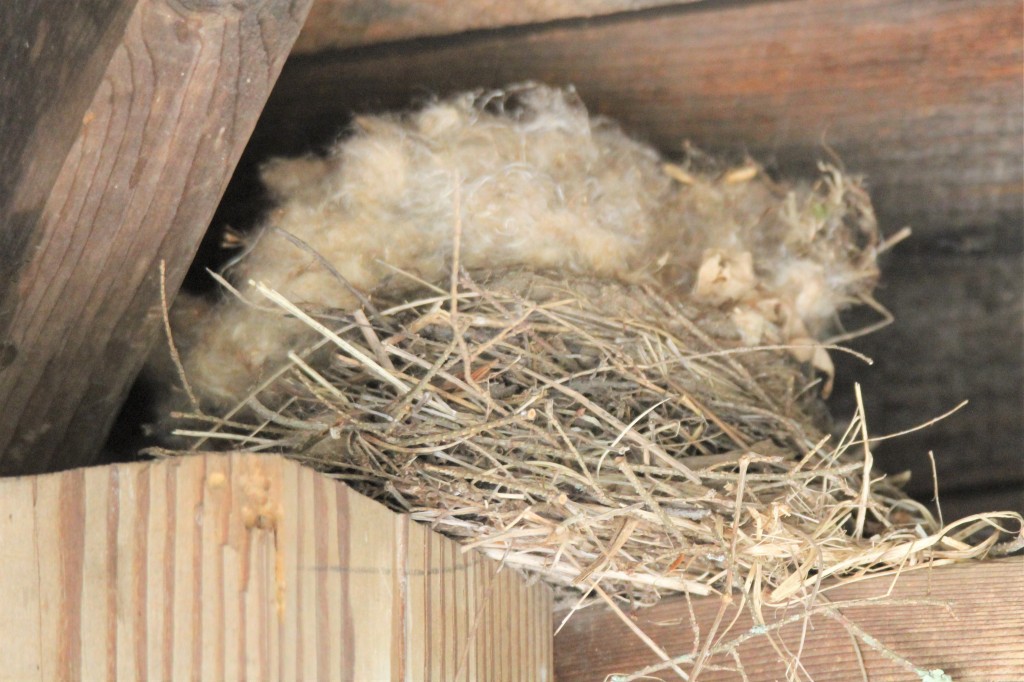
Laughing Brook Hampden

Hampden


The last image is a Chipping Sparrow’s Nest with a Brown-headed Cowbird Egg in it from my yard in Wilbraham. See the Blackbird blog to read about these birds. Here is my Instagram QR Code to see the videos.

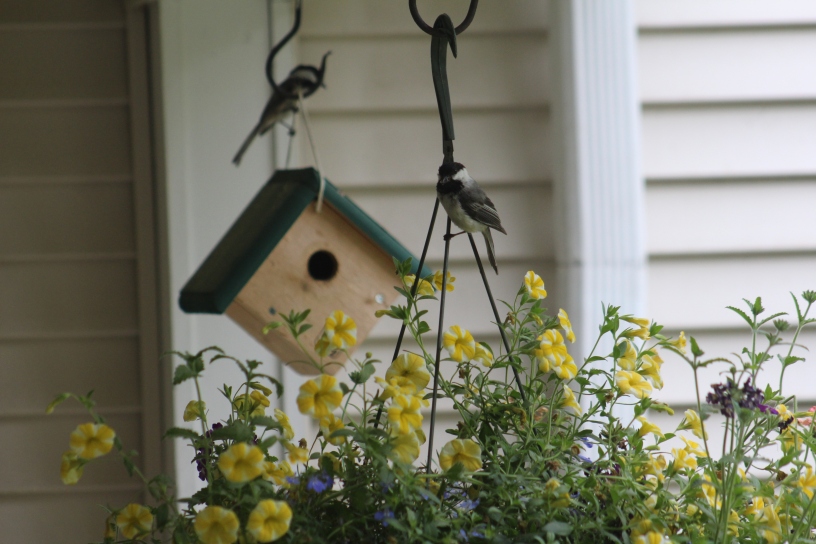
Congratulations… You are amazing in your bird knowledge and passion
LikeLike
Thank you SO much, though I am technically still an amateur LOL. So many people know SO much more! I am glad you are enjoying my site!
LikeLike
Thank you, for this interesting, informative post.
LikeLike
Thanks for being interested!
LikeLiked by 1 person
I love birds and anything I can learn to help them I try to do. I knew about some of the birds and nesting, but all of those that you mentioned.
LikeLiked by 1 person
This time of year is precious!
LikeLiked by 1 person
I agree.
LikeLike